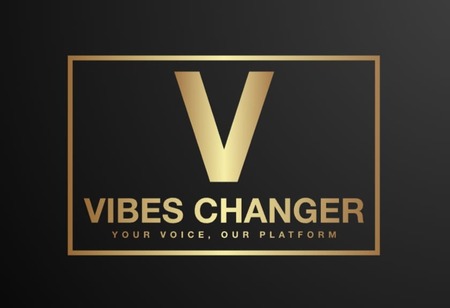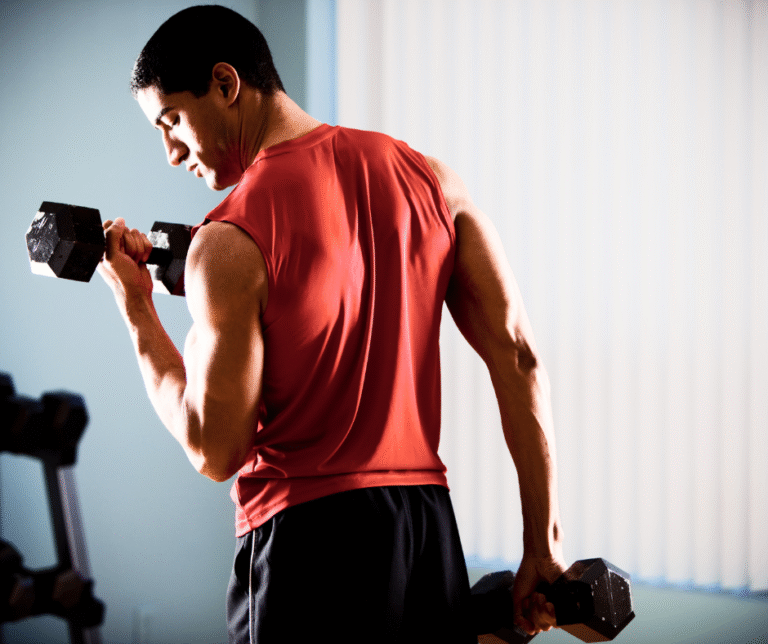Exercise is often described as the key to a longer, healthier life, and for good reason. With the rise of sedentary lifestyles, more and more people are looking for ways to get active and improve their overall health. However, many still overlook the simple yet profound benefits of regular physical activity. Whether you’re looking to improve your fitness levels, boost mental health, or simply increase energy, exercise plays a vital role.
What Does Exercise Do for the Body?
Exercise isn’t just about getting in shape or losing weight—it’s a holistic approach to enhancing your physical and mental health. Here are some of the key benefits of regular exercise:
-
Improves Cardiovascular Health
Regular physical activity strengthens the heart and improves circulation. This reduces the risk of heart disease, lowers blood pressure, and helps maintain healthy cholesterol levels. The stronger your heart, the better it can pump oxygen-rich blood to your muscles and organs, making your body more efficient. -
Boosts Mental Health
Physical activity triggers the release of endorphins, often known as the “feel-good” hormones. These endorphins help reduce stress, anxiety, and symptoms of depression. Exercise can also improve cognitive function, reduce mental fatigue, and promote better sleep—all essential elements for a well-balanced mind. -
Strengthens Muscles and Bones
Whether it’s lifting weights, yoga, or resistance training, exercise helps build muscle strength and bone density. Over time, these activities prevent osteoporosis and age-related muscle loss. Strong muscles and bones allow you to maintain good posture, avoid injuries, and stay active for longer periods. -
Enhances Flexibility and Mobility
Stretching and mobility exercises improve joint flexibility, which reduces the risk of injury and helps maintain smooth movement as you age. It’s especially important to keep your body flexible as you grow older, as it helps with daily activities like bending, reaching, and even walking. -
Promotes Weight Management
Exercise, combined with a balanced diet, is one of the most effective ways to manage weight. Cardio exercises such as walking, running, cycling, and swimming burn calories, helping to create a calorie deficit and facilitate fat loss. Strength training, on the other hand, builds lean muscle mass, which helps your body burn more calories at rest.
Different Types of Exercise
Not all exercises are the same, and incorporating a mix of different types into your routine can lead to optimal health. Here are a few main categories:
-
Cardiovascular Exercise: Activities such as jogging, swimming, cycling, or brisk walking increase your heart rate and improve cardiovascular health.
-
Strength Training: Using weights, resistance bands, or bodyweight exercises (like push-ups and squats) helps build muscle and improve bone density.
-
Flexibility and Mobility: Stretching, yoga, and Pilates improve range of motion and reduce stiffness in the muscles and joints.
-
Balance and Coordination: Tai chi, Pilates, and balance exercises are excellent for improving stability and preventing falls, especially in older adults.
How Much Exercise Do You Need?
The amount of exercise you need depends on your individual goals and lifestyle, but general guidelines suggest:
-
For General Health: Aim for at least 150 minutes of moderate-intensity aerobic exercise per week, plus muscle-strengthening activities on two or more days a week.
-
For Weight Loss or Improved Fitness: You may need more, such as 300 minutes of moderate-intensity exercise weekly, or a combination of moderate and vigorous-intensity workouts.
Getting Started: Tips for Beginners
-
Start Slow and Set Realistic Goals: If you’re new to exercise, it’s essential to start with small, achievable goals. Begin with a few minutes of walking each day and gradually increase the duration and intensity as you build stamina.
-
Find Activities You Enjoy: The best way to stay consistent is to engage in physicalactivities that you find fun. Whether it’s dancing, hiking, or team sports, there’s something out there for everyone.
-
Consistency is Key: Progress doesn’t happen overnight. Consistent exercise over weeks, months, and years is what brings lasting results.
-
Listen to Your Body: Don’t push yourself too hard, especially in the beginning. Pay attention to how your body feels and give yourself enough time to recover.
-
Make It a Habit: Set a regular time for your workouts. Morning, afternoon, or evening—choose what works best for your schedule and make exercise part of your daily routine.
Conclusion
Exercise is more than just a way to get in shape; it’s a pathway to better health and happiness. By making physical activity a priority in your life, you’re investing in your future well-being. Whether you’re looking to improve cardiovascular health, enhance mental clarity, or simply feel more energetic, the benefits of exercise are undeniable. Remember, it’s never too late to start, and every step you take—no matter how small—is a step toward a healthier you.
#ExerciseForHealth
#GetActive
#FitnessJourney
#HealthyLifestyle
#MindBodyWellness
#VibesChanger
#BuzzCreatorsDigitalMedia


1 Comment
Pingback: The Power of Exercise: Why Moving Your Body Matters - Vibes